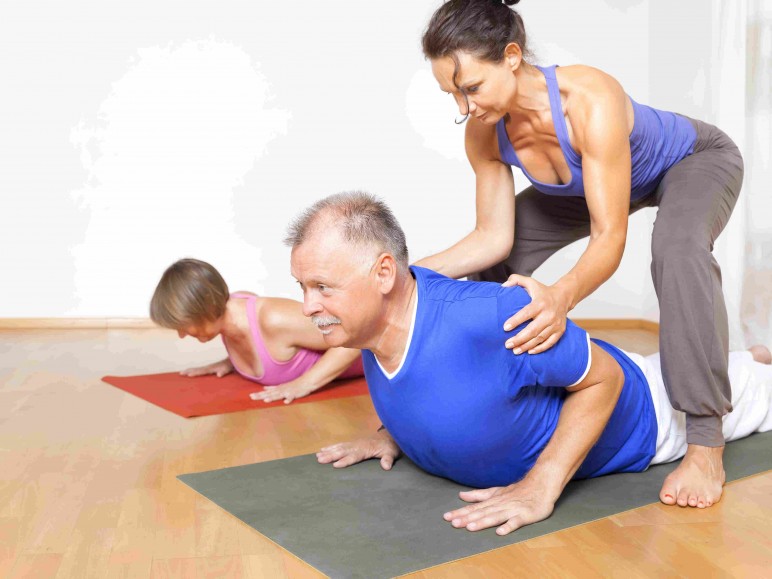Most references to musculoskeletal pain suggest they are best treated by identifying and treating the cause of the pain. But what if the cause of pain is work-as-usual for cardiovascular professionals in the Cath Lab?
In our special report series we've already discussed the recent research that showed non-physician Cath Lab personnel reporting more musculoskeletal pain due to interventional procedures involving radiation. We also shared pieces from Dr. James Goldstein's editorial on the subject, discussing the importance of the issue and suggesting ways to advocate and educate. We're also planning on discussing new technological applications that allow cardiovascular professionals to avoid radiation during procedures.
But in this piece, we'll take a lighter look at ways to mitigate musculoskeletal pain including stress reduction techniques and some alternative approaches.
What can Cath Lab personnel do to mitigate their own pain?
Musculoskeletal pain in the spine, or generally (Fibromyalgia), is a serious issue that can lead to fatigue and sleep deprivation, and influence your work performance. Often treatment includes NSAIDs and sleep-aids or more serious chiropractic care and physical therapy.
But there are also things you can do at home to supplement or even improve a prescribed regimen.
- Yoga. (evidence-based) You might have expected this one, (because of the picture, right?) as the evidence base for Yoga has grown substantially in recent years. What's particularly excellent about yoga as a treatment is that it is evidence-based and effective in both improving posture and thereby reducing strains on joints, significantly relieving pain in as little as one 40 minute session, as well as developing acceptance and relaxation coping strategies that reduce pain, emotional distress, and fatigue. A study of an 8-week yoga awareness program showed significant improvement in these parameters for a group with fibromyalgia.
- Gin-soaked raisins. (almost plausible) This natural remedy has experienced quite a revival in recent years, and it is touted for relief of all sorts of musculoskeletal pain, not just arthritis. But while they do contain anti-inflammatory agents, those are not present in amounts large enough to be therapeutic, a fact that has many people skipping the raisins and soaking themselves.
- Ginger supplements. (more promising) Ginger, on the other hand, has more of an evidence base as both a pain-killer and anti-inflammatory, with a clinical study showing effectiveness, and it is believed to protect the stomach from the gastrointestinal effects of NSAIDs---a pretty good resumé for an in-addition-to. WebMD has a more complete list of touted nutritional pain relief supplements, some of which are promising. Maintaining a healthy diet in general will also help with fatigue, allowing you to get more necessary exercise that will help with pain.
- Wobble chair (expensive), or therapy ball. (more than reasonable) The Pettibon therapeutic wobble chair is designed for home therapy for back pain. It has a pretty hilarious name, looks funny, and you'll probably look absolutely silly using it. It only has one case study financed by the clinic where it was invented, and though the study might report valid results, it's a less versatile and much more expensive option than a simple therapy ball. It's also more likely that you'll engage and strengthen your core muscles with a therapy ball, which will improve posture and prevent back pain. You don't want to be on the floor during an emergency (or the big game).
I hope this was interesting, at least, and helpful at best. But really, this blog was a ruse to ask you; what do YOU do to manage musculoskeletal pain?
